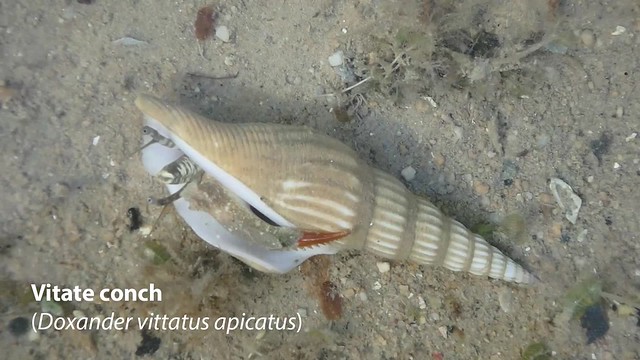There are not many live corals on the shore. I estimate about 80% of the hard corals and 50% of the leathery soft corals are bleaching. I estimate 10-20% of the corals have died recently. Jonathan and Yi Feng did the rest of the island! And also saw mass coral bleaching.
Mass coral bleaching in Singapore is not unexpected. From the NOAA's coral reef watch satellite monitoring, Singapore is in the yellow Watch zone. Where we should be prepared for mass coral bleaching.

What is coral bleaching?
Coral are colonies of tiny animals called polyps. Each polyp lives inside a little hard skeleton. The huge colony is made up of the skeletons of countless polyps. The polyps of all reef-building hard corals harbour microscopic, single-celled algae (called zooxanthellae). The polyp provides the zooxanthellae with shelter and minerals. The zooxanthellae carry out photosynthesis inside the polyp and share the food produced with the polyp. Corals generally have white colour skeletons, which is believed to assist in photosynthesis by reflecting light onto the zooxanthellae.
Coral are colonies of tiny animals called polyps. Each polyp lives inside a little hard skeleton. The huge colony is made up of the skeletons of countless polyps. The polyps of all reef-building hard corals harbour microscopic, single-celled algae (called zooxanthellae). The polyp provides the zooxanthellae with shelter and minerals. The zooxanthellae carry out photosynthesis inside the polyp and share the food produced with the polyp. Corals generally have white colour skeletons, which is believed to assist in photosynthesis by reflecting light onto the zooxanthellae. When there is massive loss of zooxanthellae in a hard coral colony, the polyps become colourless and the underlying white skeleton shows through. Thus patches of the colony appear pale, white or 'bleached'. The polyps are still alive and the hard coral is not dead (yet).
Hard corals harbouring zooxanthellae live close to the upper limit of temperature tolerance. Thus a temperature increase of even 1-2 degrees centigrade can redust in bleaching. It is believed that global warming will lead to massive bleaching. Once the cause of bleaching is removed, however, polyps may eventually regain zooxanthellae (which live freely in the water) and thus recover their health.
 |
| Large colonies with dead portions and unbleached portions. |
 |
| Bleaching near the Jetty. |
It was nice to see this very large Disk coral colony was still alright, I saw it on our last survey here in Apr 2016. About 50% of the disk corals I saw were alright, others were not bleaching but had portions that look like they died recently.
I only saw one Cauliflower coral and one Sandpaper coral and they were both bleaching.
Many of the bleaching coral had portions that appear to have died recently. I estimate about 10-20% of colonies I saw were recently dead. Almost all the Anemone corals were bleaching and dying. I did not see any Mushroom corals.
On the seawall, there are many small coral colonies that are not bleaching.
There were not many leathery soft corals and about 50% of them were bleaching.
I saw only two Frilly sea anemones and only one was bleaching. I also saw this bleaching corallimorph. About 50% of the Sea mat zoanthids I saw were bleaching, but most of the Button zoanthids were alright.
The swimming lagoons both now have lush patches of Spoon seagrass. There were many Haddon's carpet anemones, many with anemoneshrimps, none were bleaching. There were also many Common sea stars. But the special find of the day in the seagrasses was this Vitate conch. The first time I've seen one alive. Thanks to Tan Siong Kiat for the ID.
There is a lovely natural rocky shore with cliffs and natural coastal forests at the end of the seawall. On the intertidal, there are Spoon seagrass and Tape seagrasses (with long leaf blades).
Unfortunately, the high shore area here appears to be used to park some heavy machinery and construction supplies.
A second excavator and a construction trash heap. At least I didn't notice any construction trash on the shore (yet?).
While there is not much we can do when our corals start bleaching, we can do a lot to stop other stresses that impact our reefs so the corals are in better health and don't succumb after bleaching.
High res photos of mass coral bleaching in Singapore for free download on wildsingapore flickr
Photos by others on this trip
- Choo Yi Feng on facebook.
Others on this trip: Jonathan Tan,














